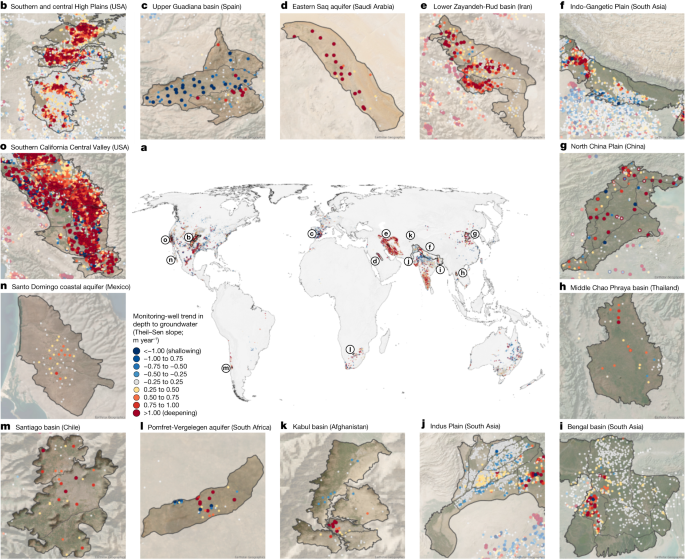2024-01-24 パシフィック・ノースウェスト国立研究所(PNNL)
<関連情報>
- https://www.pnnl.gov/publications/developing-data-science-approaches-nanoparticle-synthesis
- https://www.sciencedirect.com/science/article/abs/pii/S1385894723039475
機械学習支援による酸化鉄粒子の位相およびサイズ制御合成 Machine learning assisted phase and size-controlled synthesis of iron oxide particles
Juejing Liu, Zimeng Zhang, Xiaoxu Li, Meirong Zong, Yining Wang, Suyun Wang, Ping Chen, Zaoyan Wan, Lili Liu, Yangang Liang, Wei Wang, Shiren Wang, Xiaofeng Guo, Emily G. Saldanha, Kevin M. Rosso, Xin Zhang
Chemical Engineering Journal Available online:5 August 2023
DOI:https://doi.org/10.1016/j.cej.2023.145216
Abstract
Synthesis of iron oxides with specific phases and particle sizes is a crucial challenge in various fields, including materials science, energy storage, biomedical applications, environmental science, and earth science. However, despite significant advances in this area, much of the current palette of particle outcomes has been based on time-consuming trial-and-error exploration of synthesis conditions. The present study was designed to explore a very different approach to 1) predict the outcome of synthesis from specified reaction parameters based on using machine learning (ML) techniques, and 2) correlate sets of parameters to obtain products with desired outcomes by a newly designed recommendation algorithm. To achieve this, four ML algorithms were tested, namely random forest, logistic regression, support vector machine, and k-nearest neighbor. Among the models, random forest outperformed the others, attaining 96% and 81% accuracy when predicting the phase and size of iron oxide particles in the test dataset. Surprisingly, the permutation feature importance analysis revealed that volume, which may strongly relate to pressure, was one of the important features, along with precursor concentration, pH, temperature, and time, influencing the phase and size of iron oxide particles during synthesis. To verify the robustness of the random forest models, prediction and experimental results were compared based on 24 randomly generated methods in additive and non-additive systems not included in the datasets. The predictions of product phase and particle size from the models agreed well with the experimental results. Furthermore, a searching and ranking algorithm was developed to recommend potential synthesis parameters for obtaining iron oxide products with the desired phase and particle size from previous studies in the dataset. This study lays the foundation for a closed-loop approach in materials synthesis and preparation, beginning with suggesting potential reaction parameters from the dataset and predicting potential outcomes, followed by conducting experiments and analyses, and ultimately enriching the dataset.




